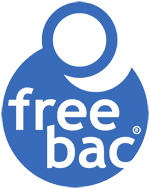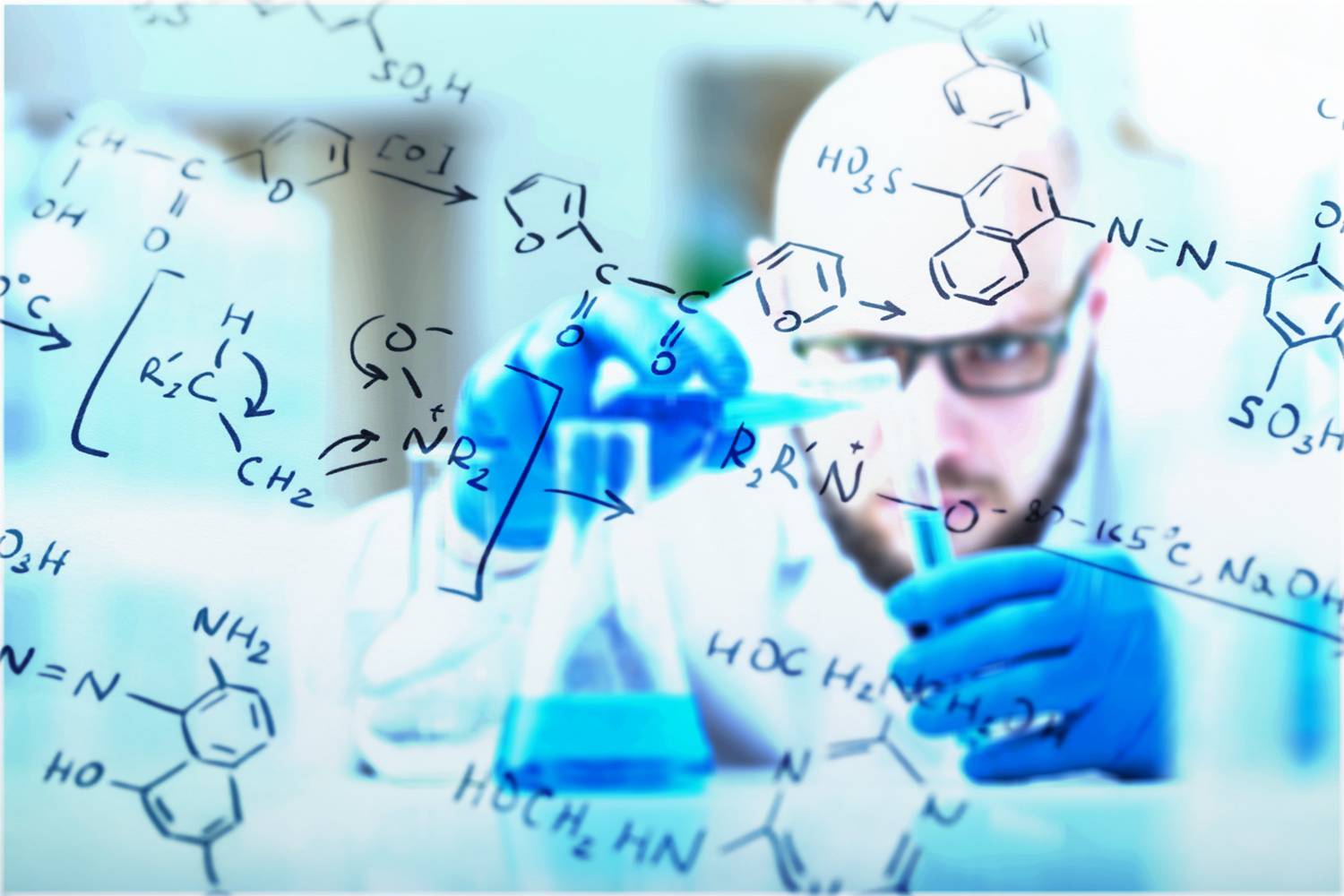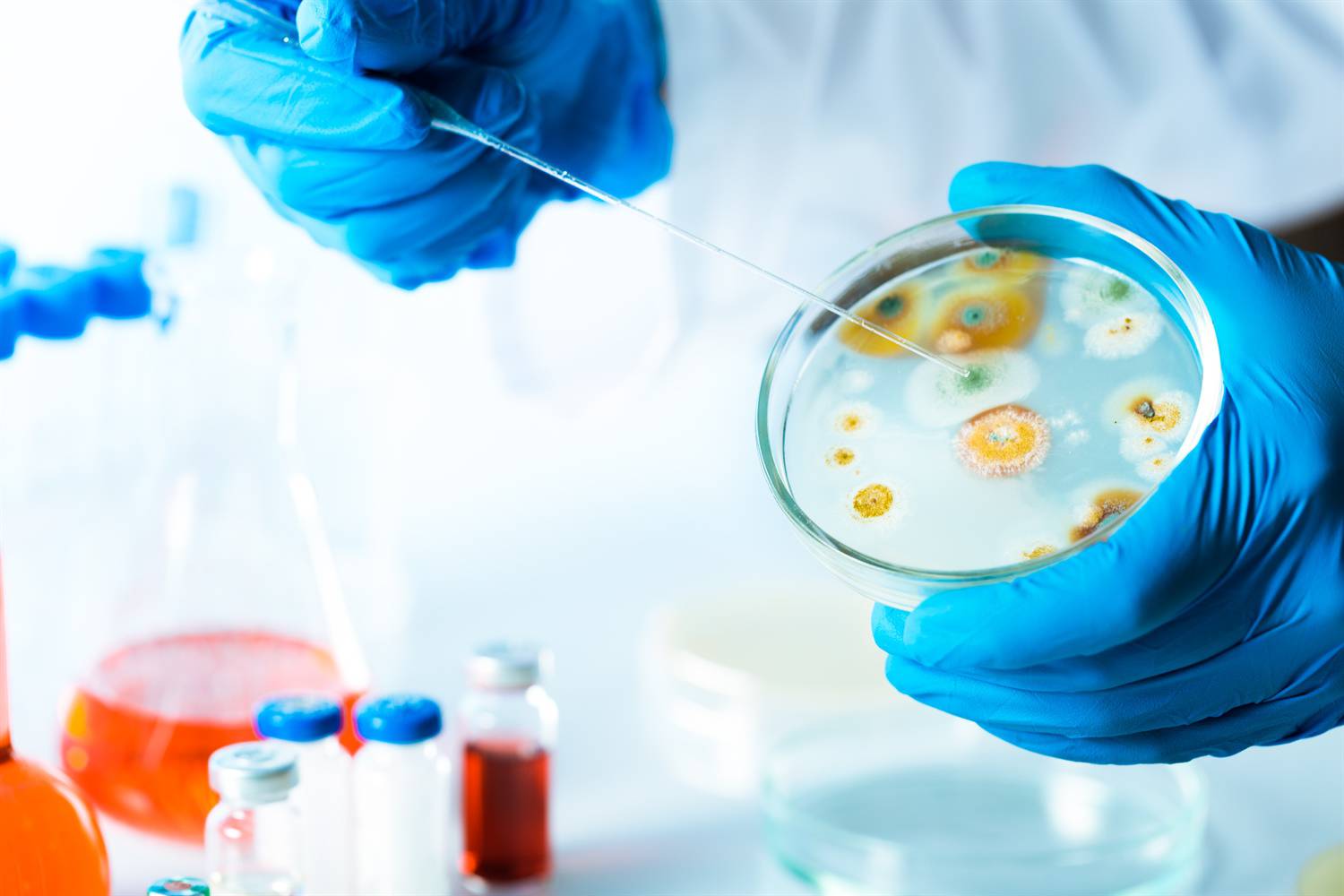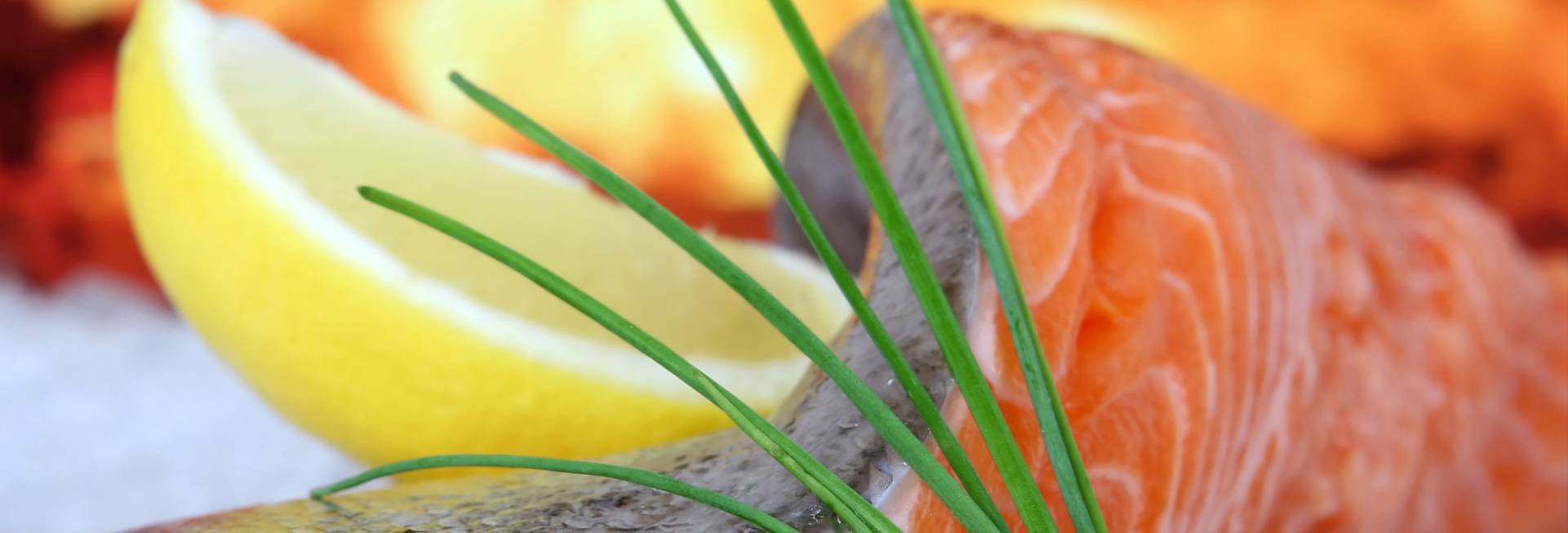Freebac vs. other disinfectants
Below is a summary of the advantages and disadvantages of other disinfectants on the market:
1. Based on chlorine:
- Chlorine is becoming less and less popular due to possible carcinogenic compounds.
- The effectiveness of chlorine is very much dependent on its acidity.
- Chlorine compounds have a pungent odor.
- The application in water systems is in any case ineffective.
- Chlorine can be effective for disinfection of production areas.
- It is mainly used because of its low cost.
2. Based on quaternary ammonium compounds:
- Quats can work well.
- However, micro-organisms quickly become resistant, so the concentration and agent must be constantly changed.
- Quats leave residues in/on equipment.
- Quats are not always effective, for example Listeria is difficult to kill.
3. Based on alcohol:
- The duration of action of alcohol is often too short because it evaporates quickly.
4. Based on peracetic acid:
- Peracetic acid is aggressive and affects machinery, it cannot be used in the long term.
- Peracetic acid has a pungent odor.
5. Based on hydrogen peroxide:
- Hydrogen peroxides are generally good disinfectants.
- Products containing silver nitrate pose a risk of metal in the food.
- Agents containing peracetic acid are also very aggressive to equipment.
- Disadvantages can occur from product to product.
Freebac-Clearoxyl belongs to the last group of hydrogen peroxides. It is stabilized using a gel of natural products, including food acids, which converts the hydrogen peroxide into microencapsulated oxygen. Freebac has none of the disadvantages of the above products!










